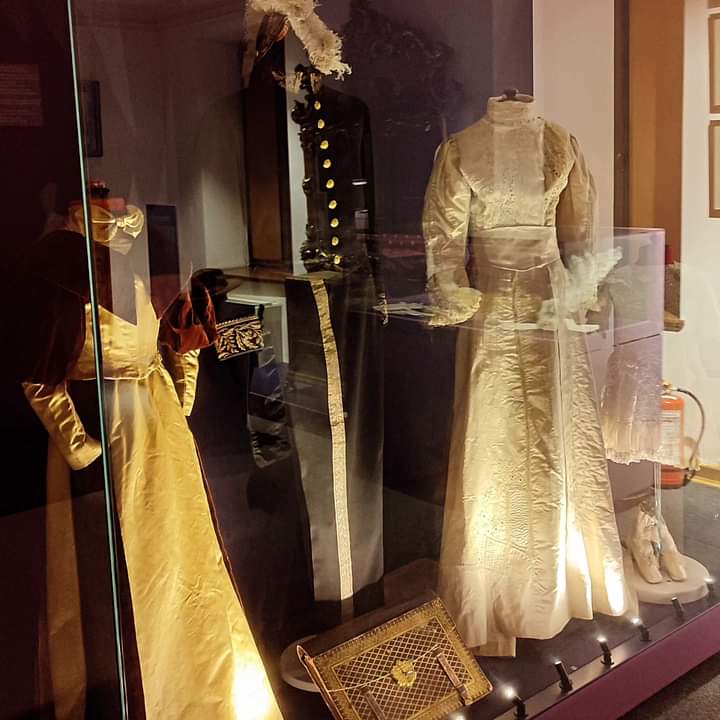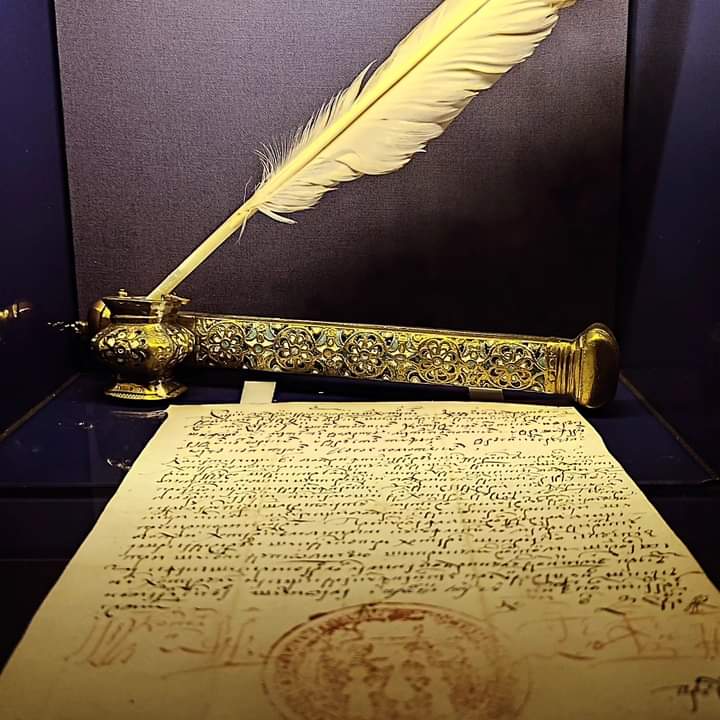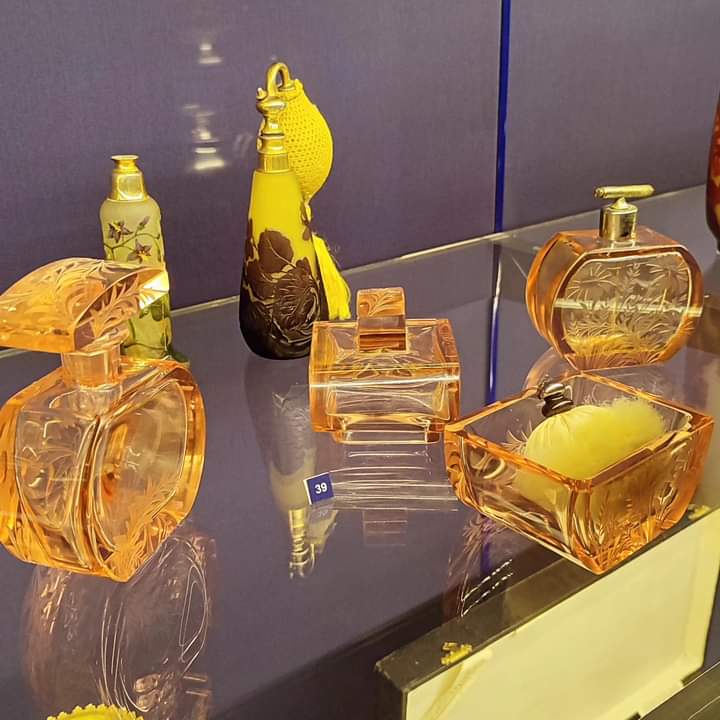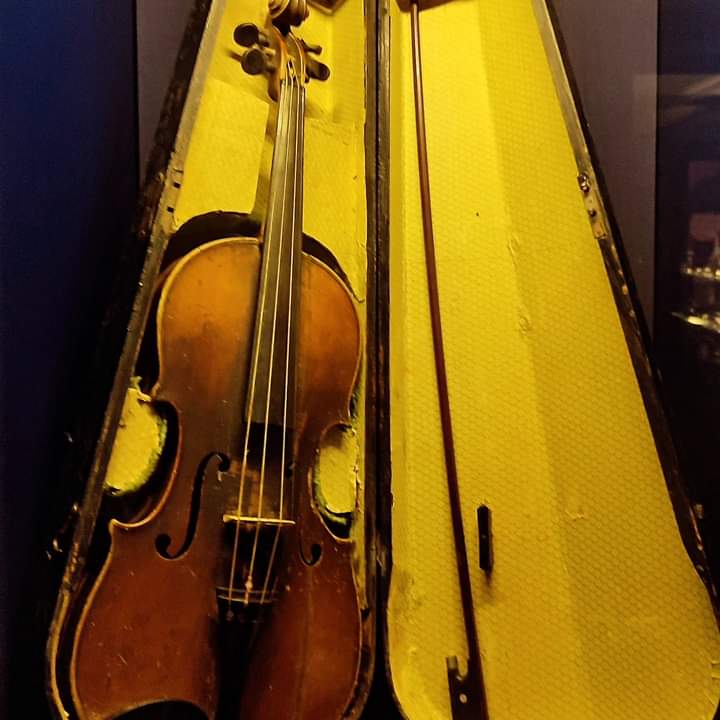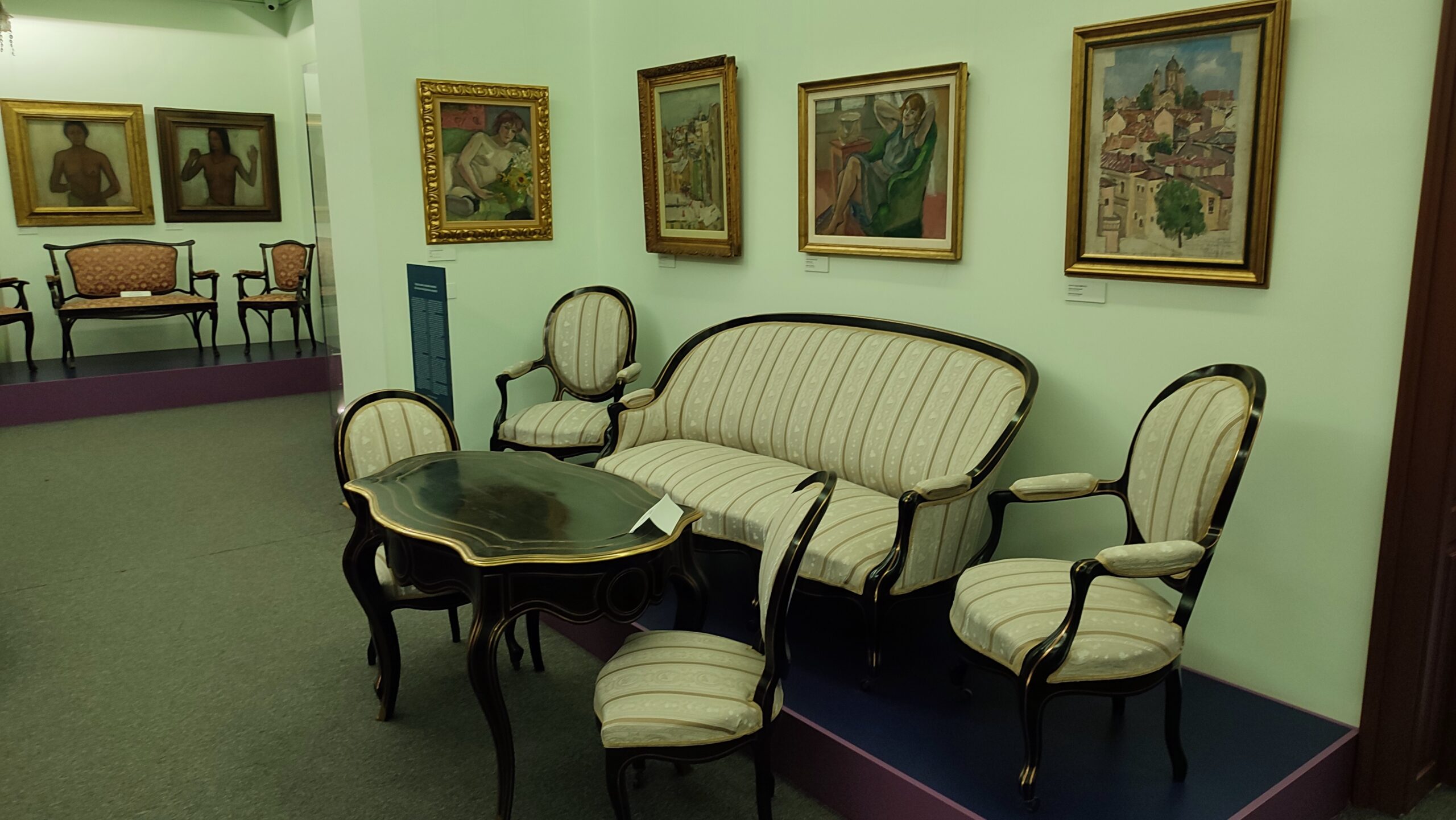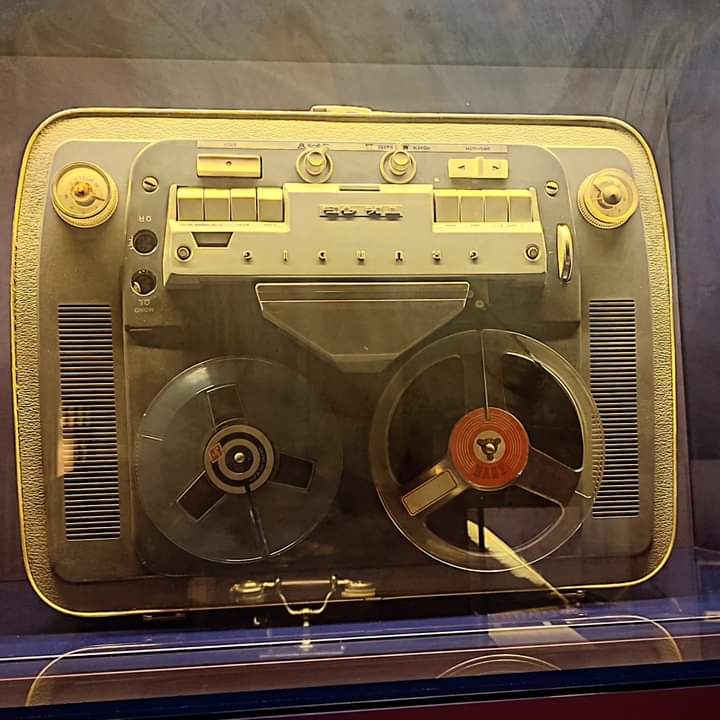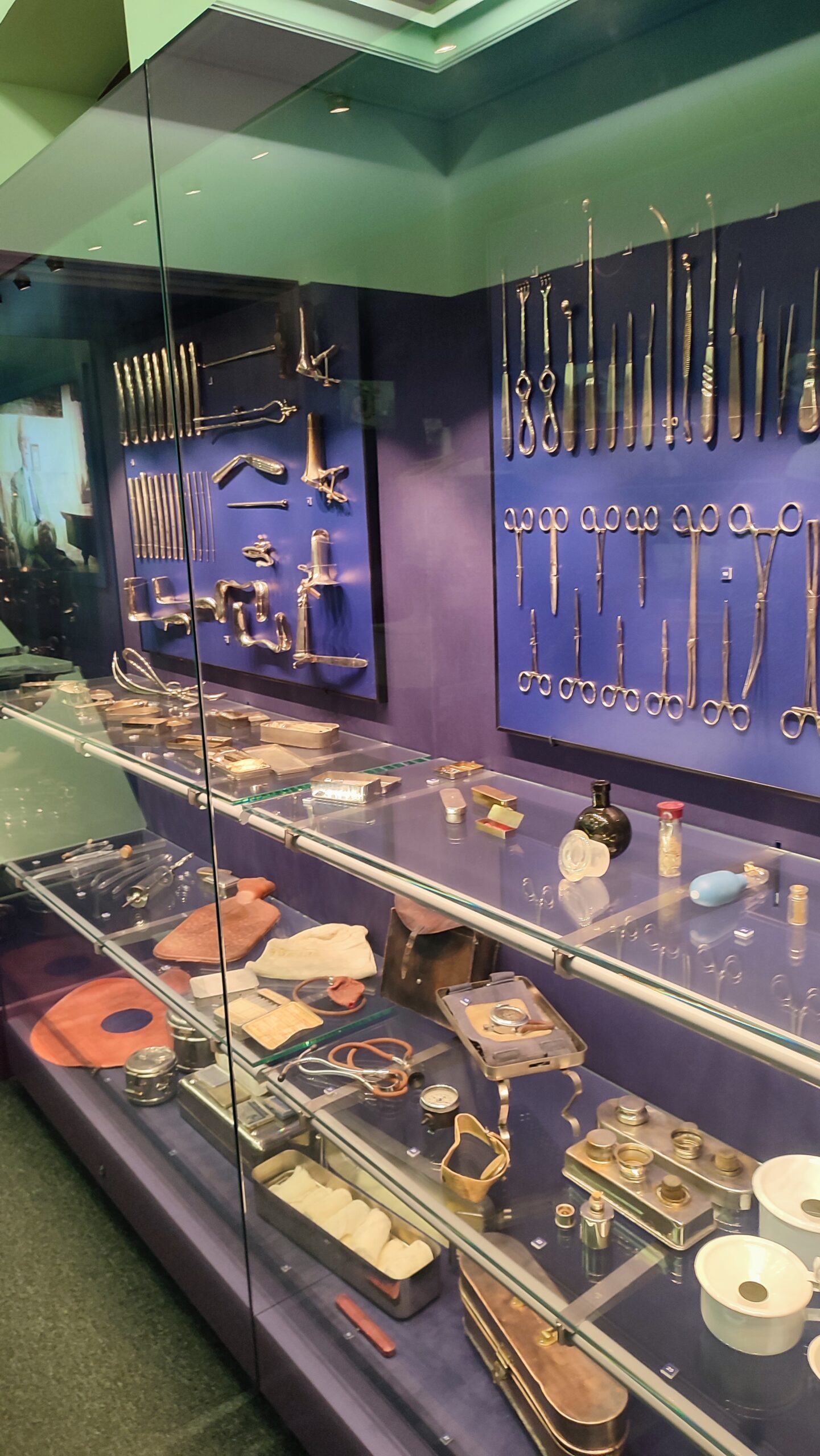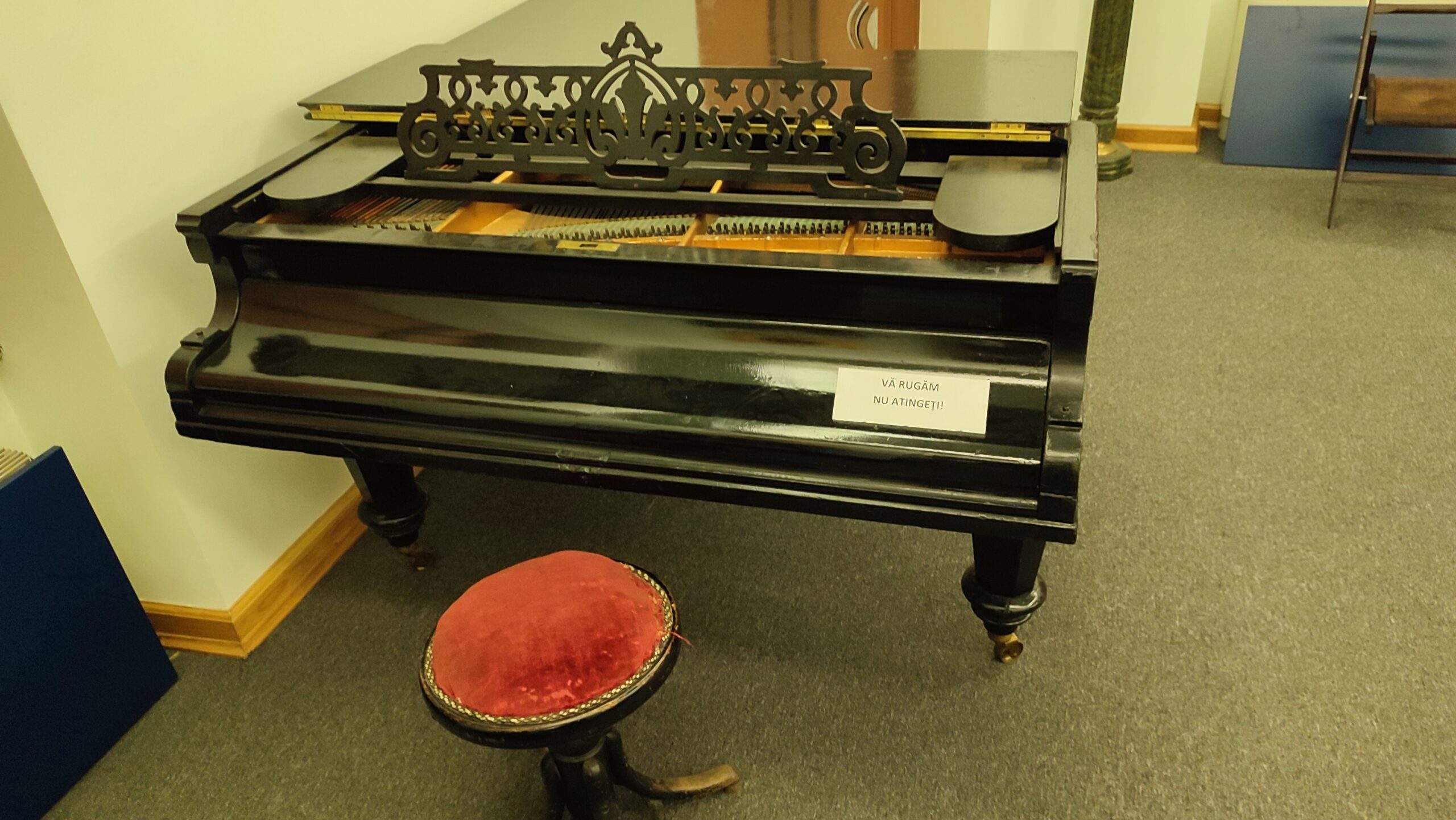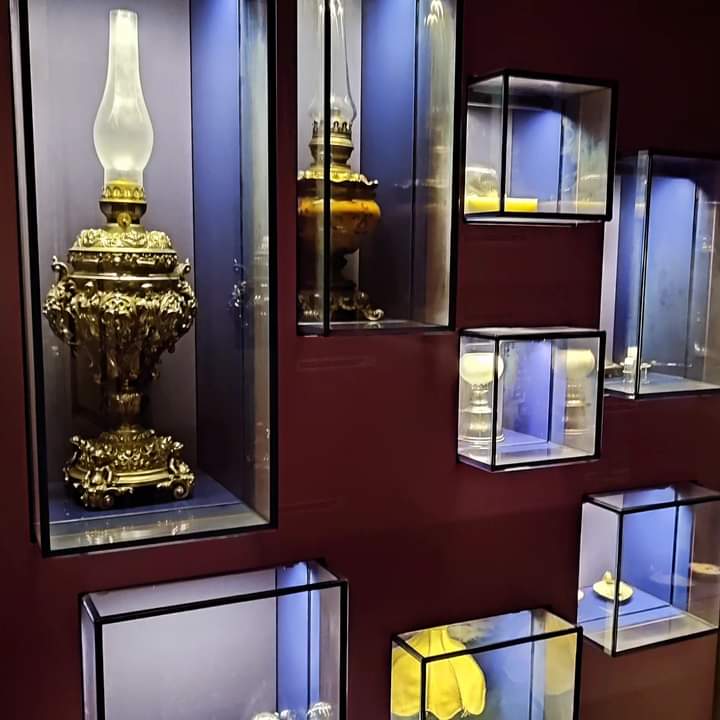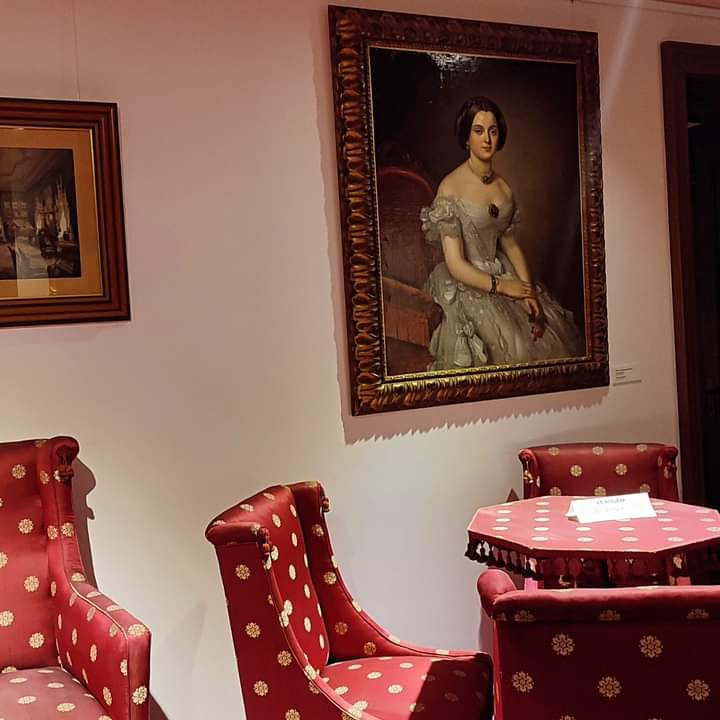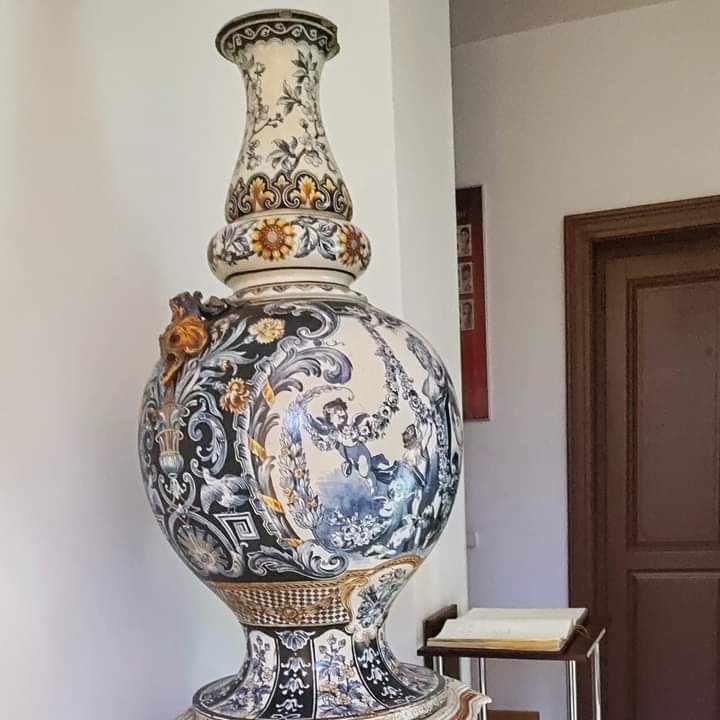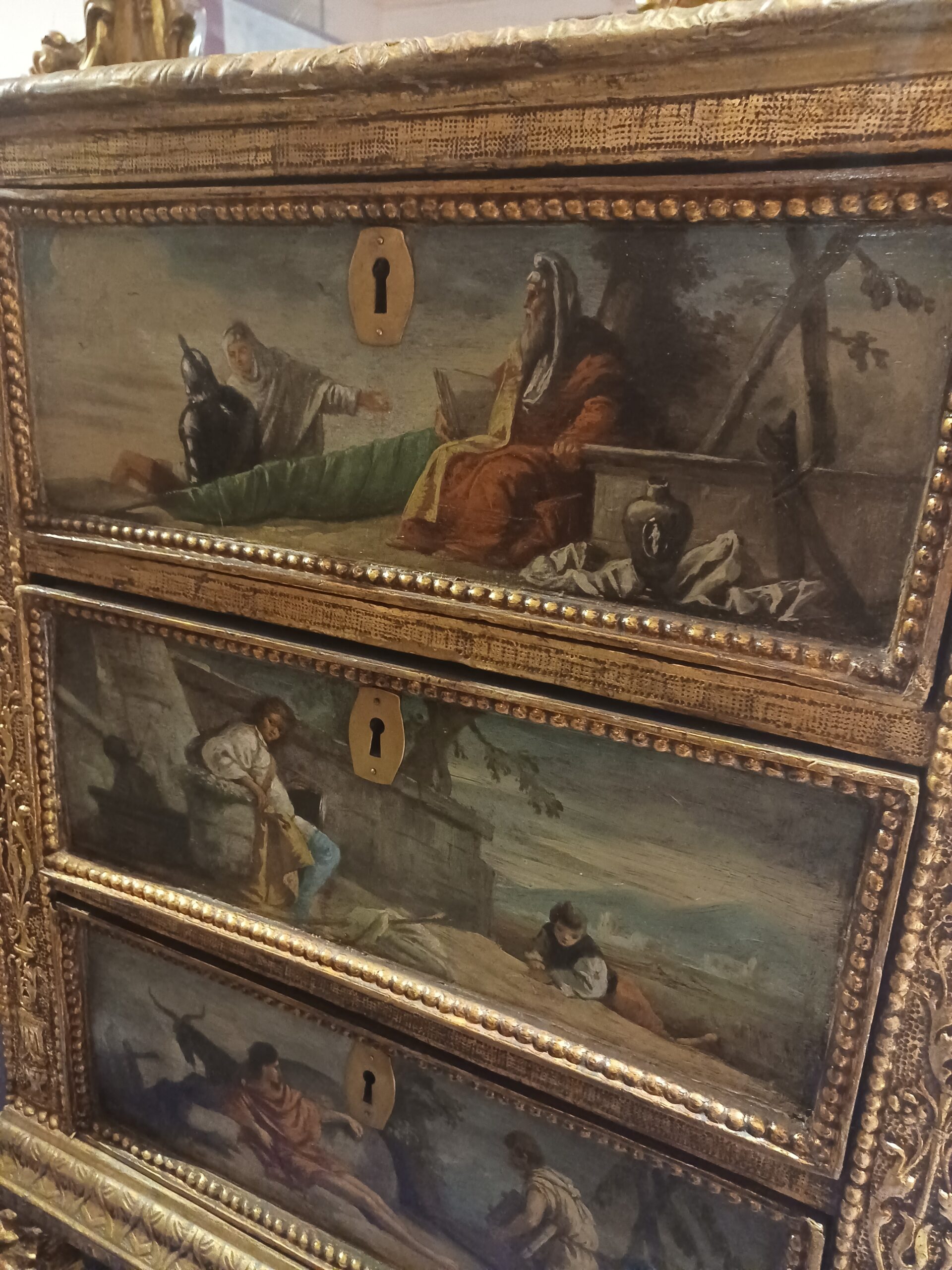Step into the Museum of Ages in Bucharest, where history comes alive through a captivating journey spanning civilizations and epochs. This cultural gem offers a comprehensive exploration of human heritage, showcasing artifacts, artworks, and relics from various eras and regions. Visitors are invited to traverse through time, from the ancient civilizations of Mesopotamia and Egypt to the Renaissance and beyond. Immerse yourself in the rich tapestry of human history as you encounter artifacts ranging from intricate pottery and sculptures to ornate textiles and weaponry.
Engaging exhibitions, educational programs, and interactive displays provide insight into the cultural, social, and technological advancements that have shaped our world. Whether you're a seasoned historian or an eager learner, the Museum of Ages offers an enriching experience for all who seek to understand the past and its enduring influence on the present.
In addition to its permanent collections, the Museum of Ages in Bucharest regularly hosts temporary exhibitions and special events that delve deeper into specific periods or themes. From curated displays focusing on pivotal moments in history to interactive installations highlighting cultural exchanges and innovations, these exhibitions offer fresh perspectives and foster dialogue among visitors.
The Museum of Ages in Bucharest serves as a significant anthropological contribution by providing a multifaceted exploration of human history and culture. Through its diverse collections and exhibitions, the museum offers insights into the complex interactions, adaptations, and innovations of societies across time and space. Anthropologically speaking, the museum serves as a repository of material culture, showcasing artifacts, artworks, and monuments that reflect the beliefs, values, and practices of past civilizations. By studying these objects and their contexts, anthropologists gain valuable insights into the social, economic, and political dynamics that shaped human societies throughout history.
Moreover, the Museum of Ages facilitates cross-cultural comparisons and connections, allowing visitors to discern universal human experiences and appreciate the diversity of cultural expressions. Anthropologists can analyze the similarities and differences between artifacts from different regions and periods, illuminating shared human behaviours and beliefs while also highlighting the unique characteristics of each society. This comparative approach fosters a deeper understanding of cultural diversity and challenges ethnocentric perspectives, encouraging visitors to embrace cultural relativism and empathy.
Furthermore, the museum serves as a platform for interdisciplinary collaboration and dialogue, bringing together experts from various fields to enrich our understanding of the past. Anthropologists collaborate with archaeologists, historians, art historians, and other scholars to interpret artifacts within their broader cultural, environmental, and historical contexts. Through research, exhibitions, and educational programs, these collaborations contribute to the advancement of anthropological knowledge and promote public awareness of the importance of preserving and interpreting cultural heritage.
In essence, the Museum of Ages in Bucharest serves as a vital anthropological resource, offering a holistic perspective on human history and culture. By examining artifacts, exploring cultural contexts, and fostering interdisciplinary dialogue, the museum contributes to our collective understanding of the human experience and promotes cultural appreciation, empathy, and cross-cultural understanding. In doing so, it fulfills the anthropological imperative to study, preserve, and interpret the diversity of human cultures past and present.
Ancient Civilizations Wing: The Museum features artifacts from Mesopotamia, Egypt, Greece, and Rome. Displays include statues, pottery, and artifacts depicting daily life and religious practices. Highlights include sarcophagi, Greek pottery, and Roman mosaics.
Medieval Europe Section: Showcases armour, weaponry, and religious artifacts from the Middle Ages. Provides insights into feudalism, chivalry, and religious life. Notable exhibits include suits of armour, illuminated manuscripts, and religious icons.
Renaissance and Enlightenment Galleries: Explores cultural and scientific advancements from the Renaissance and Enlightenment periods. Exhibits feature works by Renaissance masters and scientific instruments used by notable figures such as Galileo and Newton. Includes philosophical treatises and intellectual breakthroughs of the era.
Colonial and Global Encounters Exhibits: Examines the impact of European exploration and colonization on indigenous cultures worldwide. Displays artifacts from Africa, the Americas, Asia, and Oceania highlighting cultural exchange and resistance. Offers insight into indigenous art, ceremonial objects, and artifacts reflecting colonial encounters.
Contemporary Perspectives Area: Reflects on contemporary issues such as globalization, cultural diversity, and identity. Features contemporary artworks, multimedia installations, and interactive exhibits. Explores themes of migration, cultural hybridity, and the ongoing legacy of colonialism.
Monday: Closed
Tuesday: Closed
Wednesday: 10:00 – 18:00
Thursday: 10:00 – 18:00
Friday: 10:00 – 18:00
Saturday: 10:00 – 18:00
Sunday: 10:00 – 18:00
If you plan to visit The Museum of Ages, you'll be happy to know that tickets for adults are only 10 lei (approx. 2 EUR), and students get in for just 5 lei (approx. 1 EUR)!

